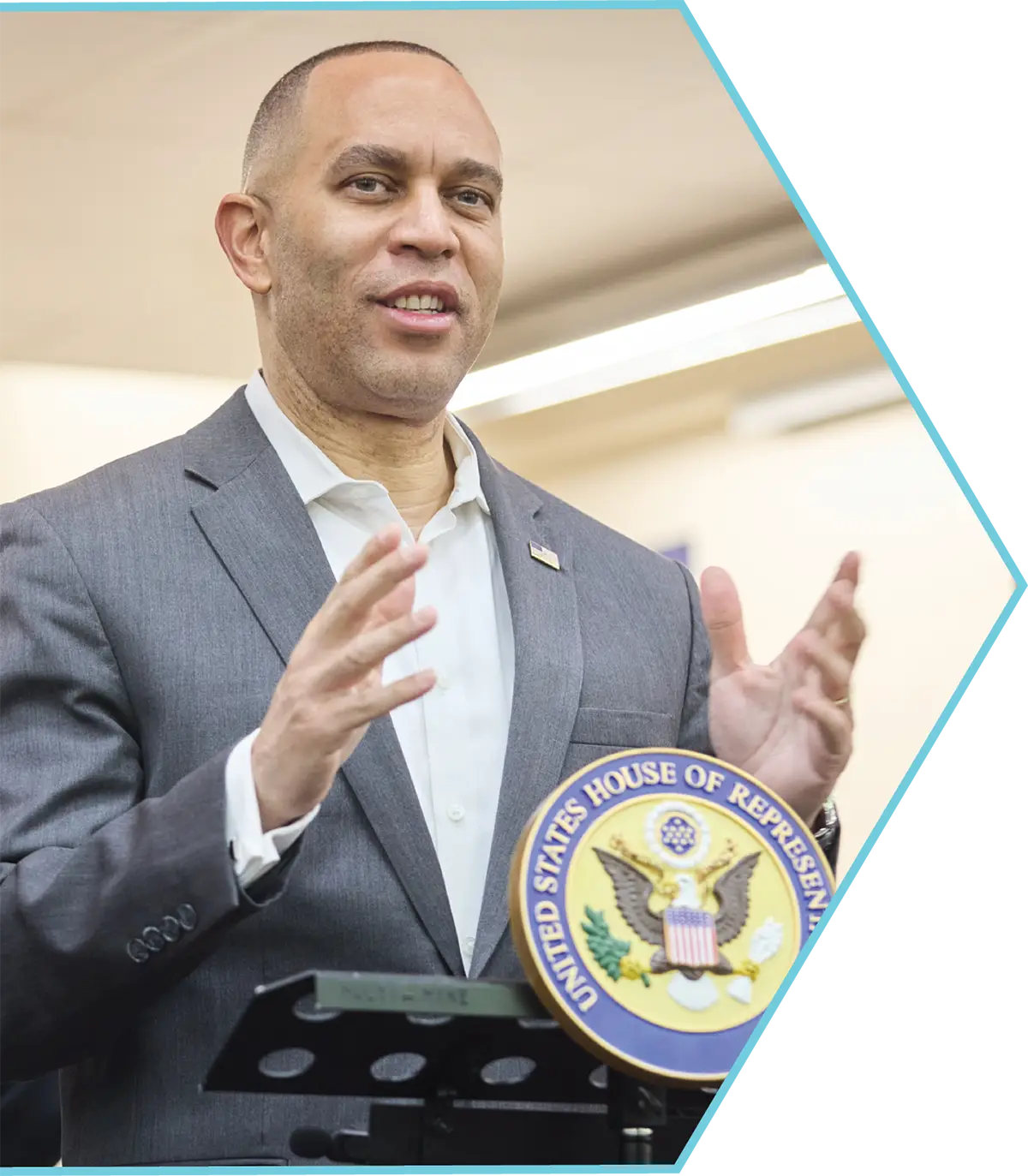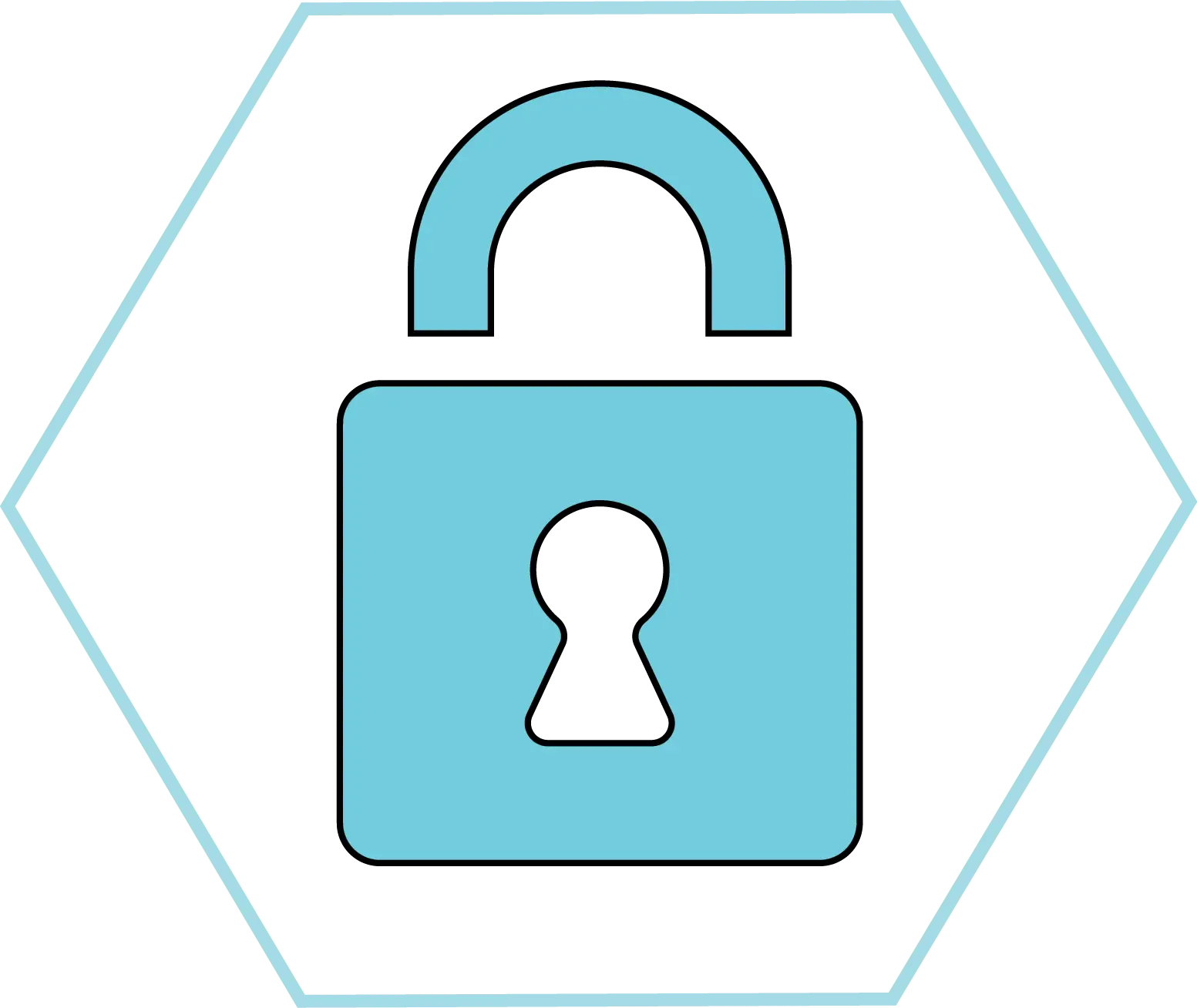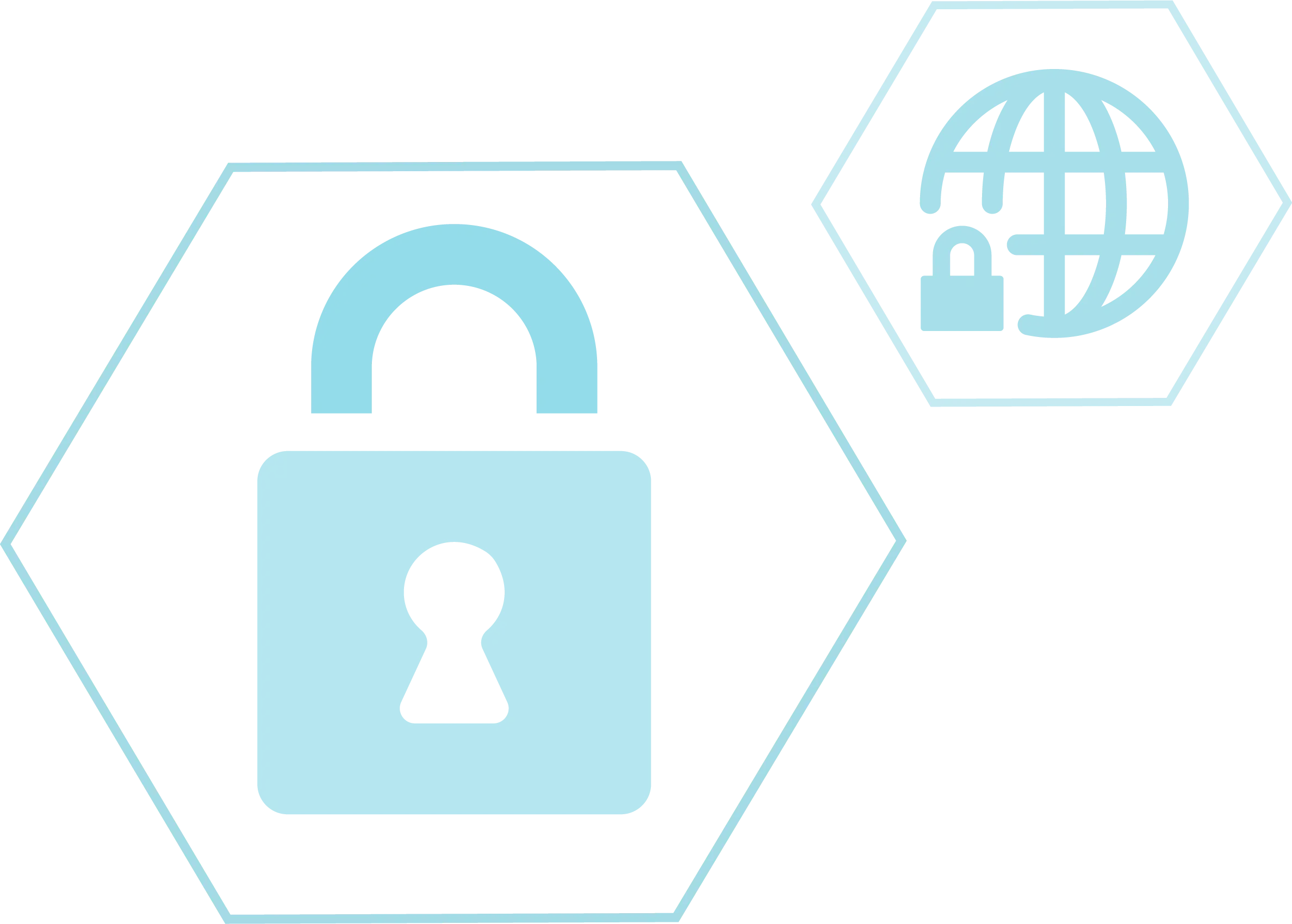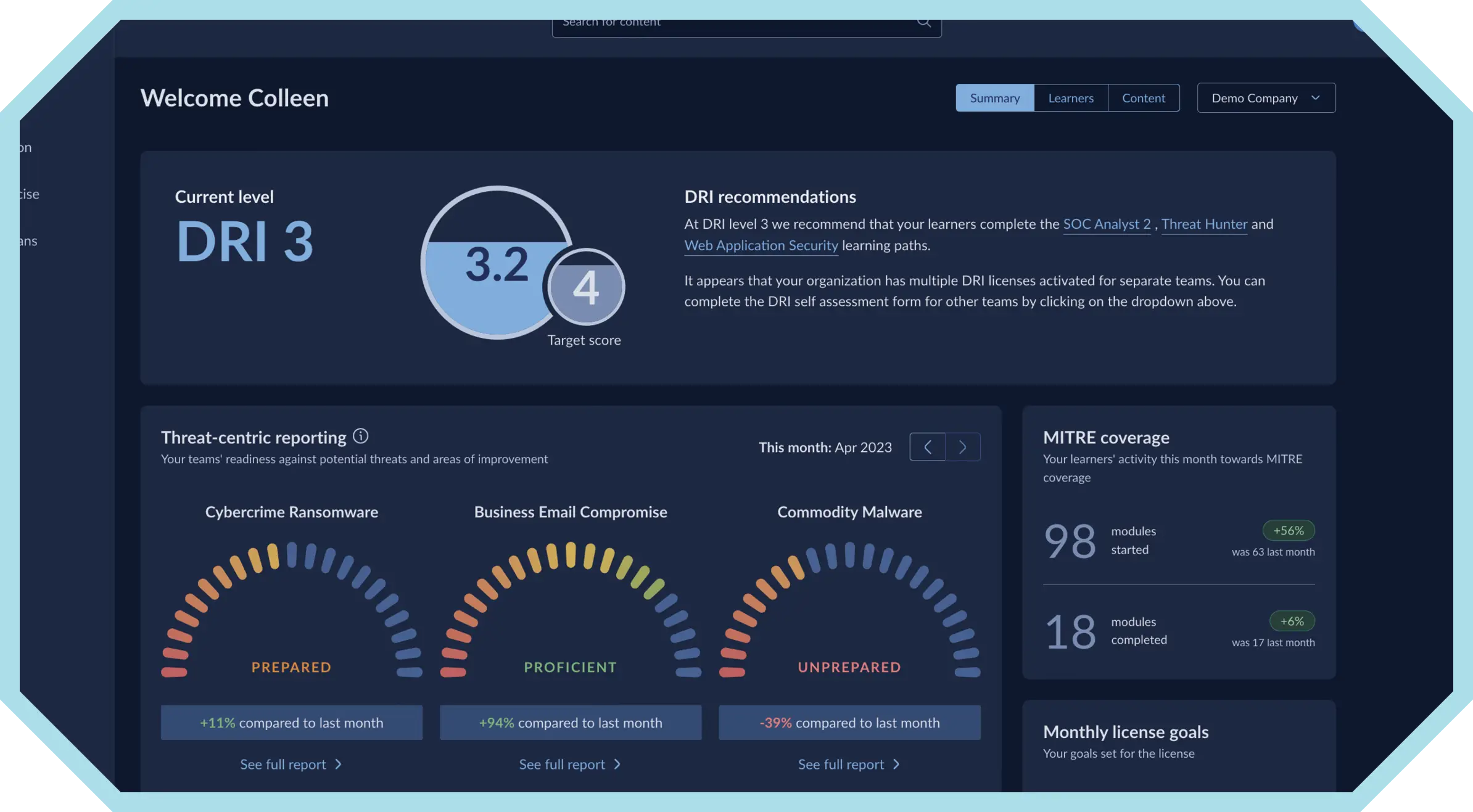
Hakeem Jefferies

Securing
the University’s Future
Whether through educating the next generation of cybersecurity professionals or protecting network systems and private data on campus, the University aims to be at the forefront of digital security.
And now, with a $754,000 grant from the federal government in hand, the institution can further enhance its status in the world of cybersecurity.
At a special event on the Brooklyn Campus in May, U.S. Congressman Hakeem Jefferies, the House Democratic leader, and U.S. Congresswoman Nydia Velázquez presented St. Joseph’s President Donald R. Boomgaarden, Ph.D., with a ceremonious check to fund renovations of a computing lab and enhance STEM equipment at the campus in Clinton Hill.

Joseph Pascarella, Ph.D., associate chair of the University’s criminal justice department, said the resources acquired with the funding will help support the growing M.S. in Cyber Security program at St. Joseph’s.
“The lab features new hardware and software, such as ethical hacking pods and biometric tools, that will help develop skills in emerging and critical areas of security that have impacted information networks in both private and public sectors,” he said.
“This laboratory here at St. Joseph’s will be significant in ensuring that our young people — for the future of our community, our city and our country — have the skills to address the cybersecurity threat,” Rep. Jeffries said at the press conference.
Reps. Jeffries and Velázquez, as well as U.S. Senate Majority Leader Chuck Schumer and U.S. Sen. Kirsten Gillibrand, were crucial in securing funding for the institution.

A Field Without Limits
“Every criminal investigation today has a cyber component,” Mr. King said. “With the advent of the smartphone, cybercrime has evolved and outpaced the penal law. Crime has moved exponentially from the physical realm to the cyber realm.”

“At the time, cybersecurity was just starting to grow in the law enforcement field, and I realized it was going to be the way of the future,” he said. “As part of the JTTF, I oversaw a unit that monitored terrorists’ internet use, so I figured going back to school would broaden my knowledge.”
Mr. King pointed out that many in law enforcement — supervisors and officers alike — did not have cyber training and, with the rising tide of cybercrime affecting all sectors of society, agencies and companies were falling behind.
“I spoke to an NYPD chief last year who said he doesn’t even know what a gigabyte is,” Mr. King said. “That speaks volumes.”
But change is inevitable, and agencies and companies are recognizing they must adapt to the times.
“Right now, the field is unlimited,” Mr. King said. “Professionals with cybersecurity degrees can work with the FBI or any government law enforcement agency, and at banks or major corporations in their IT departments.”
Protecting the University’s Data – and its Reputation

“We’re a target because of the vast amounts of valuable data that we possess and the complex environments in which we operate,” said Michelle Papajohn ’08, MBA ’10, M.S. ’23, vice president for information technology and chief information officer.
“Even more significant than potential data and financial losses, cybersecurity attacks pose a threat to the University’s reputation and the safety of our students,” she added.


Strong security controls — including firewalls, intrusion detection systems, data encryption, multi-factor authentication (MFA), vendor management and access control — help flesh out an already-comprehensive security program at St. Joseph’s.

“We also regularly educate employees and students about cybersecurity risks and keep our IT staff up to date with the latest security threats,” she added. “This helps us to quickly identify and manage emerging risks within our environment.”


Internet Safety Tips
- Be Suspicious: Discard emails that ask for personal information, such as your username, password or credit card number.
- Careful What You Click: If there is any question about the legitimacy or safety of a link – especially those in emails – do NOT click on it. Hover your mouse over links to see the actual URL or email address before clicking.
- Use Strong Passwords: Passwords should be a minimum of eight characters and should include a mix of letters, numbers and symbols. Do not use personal information in your passwords, and use multi-factor authentication (MFA) when possible.
- Anti-virus Software: Always use reputable anti-virus software to help protect your device from threats.
- Keep Software Updated: Keep your software updated, paying attention to the timely installation of security patches to fix bugs and vulnerabilities that leave you at risk.

